See also: beetroot, celeriac
Poor digestibility
Unfortunately, the turnip is known to be difficult to digest, due to the large amount of cellulose it contains; however, this plant boasts a very long gastronomic history, having been a precious source of sustenance for many ancient peoples, especially farmers.
Botanical analysis of the turnip

The leaves are used for food purposes as a substitute for the "real" turnip greens and can be used as fodder. The newly developed inflorescences, turnip broccoli (also known as broccoli), alone or together with the stems and the young and tender leaves attached (turnip tops), are peculiar to the subspecies sylvestris and have a much higher gastronomic value.
The oily seed of the subspecies campestris it is instead used to extract the so-called rapeseed oil.
Variety
Countless varieties of turnip are cultivated, and among the best known we mention:
- Brassica rapa L. subsp. turnip (or common turnip, grown for the root)
- Brassica rapa L. subsp. sylvestris (commonly known as turnip greens)
- Brassica rapa L. subsp. campestris (rapeseed)
- Brassica rapa L. subsp. septiceps
The Caprauna turnip is a particular variety, harvested in the cold months, in particular from October to December: it has a rounded, slightly flattened root and is suitable for growing at altitudes between 800 and 1,500 meters (not surprisingly, it is typical of Caprauna, a town located in the province of Cuneo and belonging to the Alto Tanaro Cebano Monregalese community). This turnip loves soils rich in calcium, consequently the mineral also characterizes the root: the altitude, the fertilization and the soil contribute to forming the delicate character of this particular variety of turnip.
Botanical experiments
Some species of turnip are exploited for experimental purposes, given their very rapid growth: these plants need water, light and fertilizers dosed in particular quantities. Nevertheless, the growth time is short, consequently the turnips are suitable for botanical experiments; not surprisingly, some turnip plants were sent to Space, with the aim of analyzing their germination [taken from http://it.wikipedia.org/]
Turnip (root): nutritional properties

Therapeutic uses
Unfortunately, turnips cannot be considered "therapeutic", given their poor nutritional properties. In any case, it seems that turnips contain particular compounds capable of interfering with thyroid function; consequently, the consumption of turnips should be avoided by patients suffering from thyroid gland dysfunction. Another hypothesis currently under discussion concerns the role of turnips as an adjuvant in anti-cancer treatments; in this regard, further in-depth studies will have to be awaited to obtain certain and irrefutable answers.
Food uses
We have seen that turnips are used more for food than for therapeutic purposes: in the kitchen, the leaves, the oily seed and, above all, the flowering tops and the root can be consumed.
Turnip is used to prepare soups, soups and risottos, but it can also be boiled - after removing the skin that wraps the root - and eaten in salads. It is widely used for the preparation of giardiniera and brovada.
Turnips can also be baked au gratin and are an excellent side dish for meats and to decorate delicious dishes. Particular is the consumption of fried turnips: after having thinly cut the turnips and fried them in boiling oil, melted butter and sugar are added.
The video recipes of Alice Cime di Rapa
Recipe to prepare chicken and pork sausages with turnip greens directly at your home, explained in every detail. Follow our video recipe on MypersonaltrainerTv
Turnip greens with chicken sausage
Problems with playing the video? Reload the video from youtube.
- Go to the Video Page
- Go to the Video Recipes Section
- Watch the video on youtube
Recipe to prepare orecchiette with turnip greens directly at your home, explained in every detail by our PersonalCooker. Follow our video recipe on MypersonaltrainerTv
Orecchiette with turnip tops
Problems with playing the video? Reload the video from youtube.
- Go to the Video Page
- Go to the Video Recipes Section
- Watch the video on youtube
Turnips and brovada
Brovada is an exquisite Friulian dish prepared with turnips, which is well suited to accompany boiled or roasted meats. The brovada is obtained by macerating thinly sliced turnip strips in the marc: everything is then cooked in a pan.
Tradition
In ancient times, turnips were used in the form of a decoction mixed with grappa and honey: by doing so, a suitable drink was obtained - so it seems - to alleviate throat ailments.
Turnip in brief, summary on turnips "
Other Foods - Vegetables Garlic Agretti Asparagus Basil Beets Borage Broccoli Capers Artichokes Carrots Catalonia Brussels sprouts Cauliflower Cabbage and Savoy cabbage Red cabbage Cucumber Chicory Turnip greens Onion Sauerkraut Watercress Edamame Chives Chanterelles Flour Cassava Flowers Pumpkin Flour Edible Flowers Pumpkin Seasonal Fruits and Vegetables Endive Salads and Salads Strengthening Salad Lettuce Aubergines Vegetables Nettle Pak-Choi Parsnip Potatoes American Potato Peppers Pinzimonio Tomatoes Leeks Parsley Radicchio Turnips Red Turnips Radishes Rocket Shallots Endive Celery Celeriac Seeds Sprouted Spinach Truffle Valianamberi or Jerusalem artichoke laxatives Saffron Pumpkin Zucchini Vegetables - Nutritional properties OTHER VEGETABLE ITEMS Categories Food Alcoholics Meat Cereals and derivatives Sweeteners Sweets Offal Fruit Dried fruit Milk and derivatives Legumes Oils and fats Fish and fishery products Cold cuts S pezie Vegetables Health recipes Appetizers Bread, Pizza and Brioche First courses Second courses Vegetables and Salads Sweets and Desserts Ice creams and sorbets Syrups, liqueurs and grappa Basic preparations ---- In the kitchen with leftovers Carnival recipes Christmas recipes Light diet recipes Women's Day, Mum, Dad Recipes Functional Recipes International Recipes Easter Recipes Recipes for Celiacs Recipes for Diabetics Recipes for Holidays Recipes for Valentine's Day Recipes for Vegetarians Protein Recipes Regional Recipes Vegan Recipes

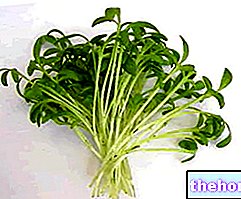
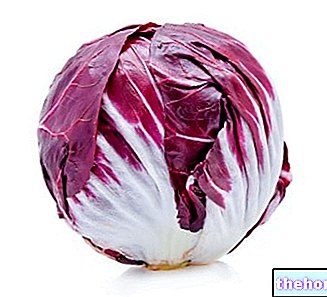
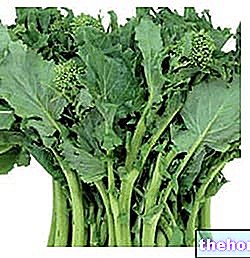
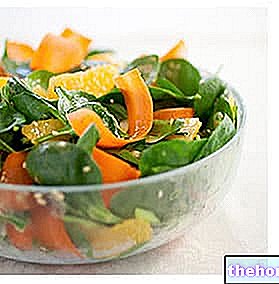
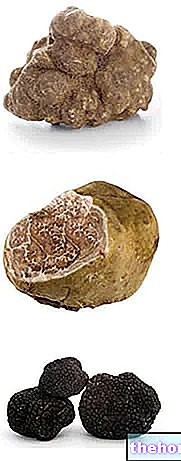













-nelle-carni-di-maiale.jpg)








